Internal and External Gear:An Overview
What Are Internal and External Gears?
Internal and external gears are types of gears that differ in their configuration and usage. External gears have teeth on the outer surface, while internal gears have teeth on the inner surface.
What Materials Are Used for Internal and External Gears?
Internal and external gears can be manufactured from various materials, each suited for specific applications:
Steel: High strength and durability, commonly used for heavy-duty applications.
Stainless Steel: Offers corrosion resistance, ideal for harsh environments.
Cast Iron: Cost-effective and strong, used for larger gears.
Brass: Good for lower loads and where reduced friction is beneficial.
How Do Internal and External Gears Work?
Internal and external gears mesh together to transmit power and motion. External gears engage with other external gears, while internal gears mesh with external gears from the inside. This configuration allows for compact and efficient power transmission in various mechanical systems.
Are Internal and External Gears Available in Both Inch and Metric Sizes?
Yes, internal and external gears are available in both inch and metric sizes to accommodate different design standards:
Inch Gears: Measured in inches, commonly used in the United States and countries that follow Imperial measurement standards.
Metric Gears: Measured in millimeters, commonly used in Europe and countries that follow the Metric system.
What Are the Types of Internal and External Gears?
Internal and external gears come in several types, including:
Spur Gears: Simple, straight-toothed gears that are easy to manufacture and use.
Helical Gears: Angled teeth provide smoother and quieter operation.
Bevel Gears: Conical gears used for intersecting shafts.
Planetary Gears: Consist of a central sun gear, planet gears, and an outer ring gear (internal gear).
Should You Choose Standard or Customised Internal and External Gears?
Standard Gears: Off-the-shelf solutions suitable for general applications. They are cost-effective and readily available.
Customised Gears: Tailored to specific design requirements and applications, offering optimal performance for specialized needs.
What Are the Benefits of Internal and External Gears?
Internal and external gears offer numerous advantages:
Compact Design: Internal gears allow for compact configurations, ideal for space-constrained applications.
High Load Capacity: Capable of handling significant loads, especially in planetary gear systems.
Efficient Power Transmission: Smooth and reliable transfer of power and motion.
Versatility: Suitable for various applications across different industries.
What Are the Applications of Internal and External Gears?
Internal and external gears are used in a wide range of industries and applications, including:
Automotive: Gearboxes, differential systems, and flywheels.
Industrial Machinery: Conveyors, mixers, and machine tools.
Aerospace: Actuators and control systems.
Robotics: Precision motion control.
Marine: Propulsion systems and deck machinery.
Gearboxes: Essential components in reducing speed and increasing torque.
Sprockets: Used in chain drives for bicycles, motorcycles, and industrial machinery.
What Tips Should Be Followed When Using Internal and External Gears?
When using internal and external gears, consider the following tips:
Proper Lubrication: Ensures smooth operation and reduces wear.
Correct Alignment: Misalignment can cause excessive wear and noise.
Load Management: Avoid overloading to prevent gear damage.
Regular Maintenance: Periodic inspections to ensure optimal performance and longevity.
Temperature Control: Monitor and manage operating temperatures to prevent overheating.
How Do Different Kinds of Gears Compare?
Internal and external gears differ from other gears such as spur gears, helical gears, and worm gears in several ways:
Spur Gears: Simple design but noisier and less smooth operation.
Helical Gears: Smoother and quieter operation, suitable for parallel or crossed shafts.
Bevel Gears: Used for intersecting shafts, often at a 90-degree angle.
Planetary Gears: Combine internal and external gears for high torque and compact designs.
Why Choose Welleshaft for Your Gear Needs?
Choosing Welleshaft offers several benefits:
Expertise: Decades of experience in gear manufacturing.
Quality: Commitment to high-quality standards and precision.
Customization: Ability to create bespoke solutions tailored to your requirements.
Technology: Utilization of advanced manufacturing techniques and equipment.
Customer Support: Dedicated service and support throughout the entire process, from design to delivery.
Critical Gear Data for Internal and External Gear Sets
Critical data for internal and external gear sets includes:
Pitch Diameter: The diameter of the pitch circle, determining the gear size.
Module (Metric) or Diametral Pitch (Inch): Represents the gear size, module in metric and diametral pitch in inch measurements.
Pressure Angle: The angle between the line of action and the line perpendicular to the pitch surface, impacting the strength and efficiency of the gear set.
Number of Teeth: Affects the gear ratio and overall dimensions.
Face Width: The width of the gear teeth, impacting load capacity.
Backlash: The clearance between the mating gear teeth, affecting precision and noise.
By understanding the intricacies and advantages of internal and external gears, you can make informed decisions for your applications, ensuring the best quality and performance for your products.

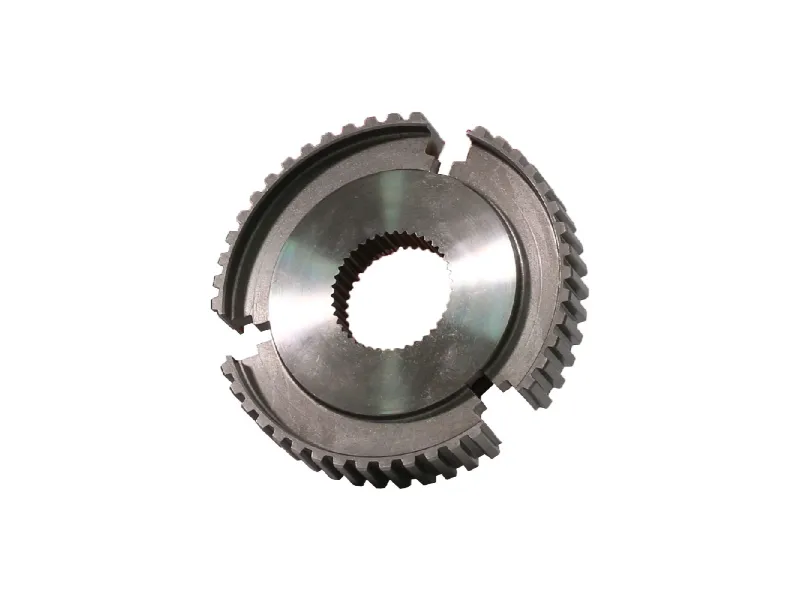
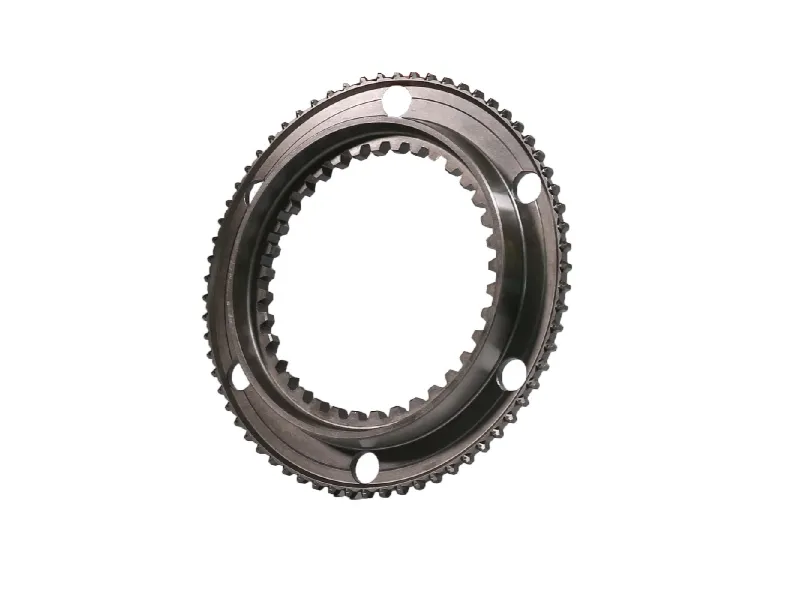
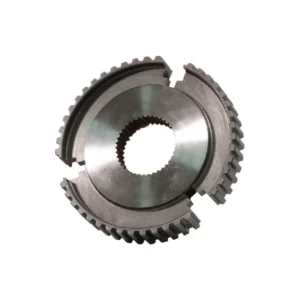
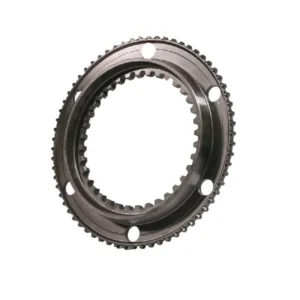
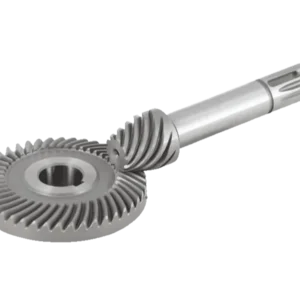
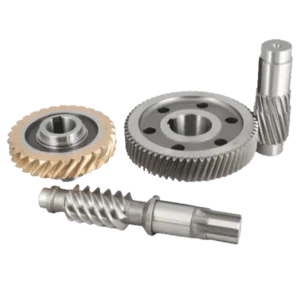
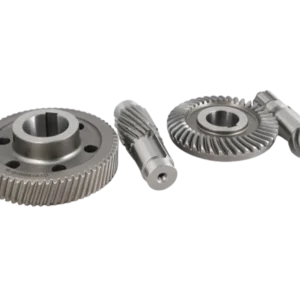
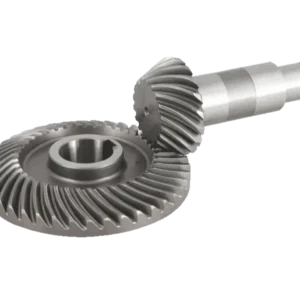
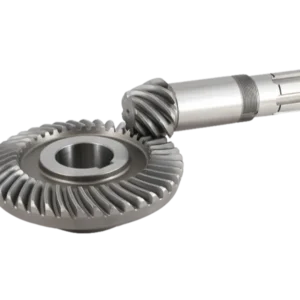
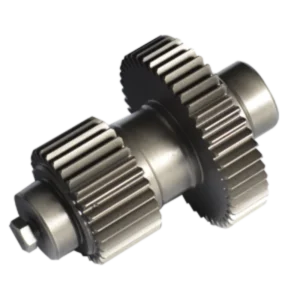
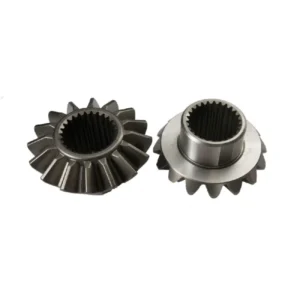
Reviews
There are no reviews yet.